Health and Safety Regulations
The resilient flooring market is influenced by stringent health and safety regulations that govern the materials used in flooring products. As awareness of indoor air quality and the impact of volatile organic compounds (VOCs) grows, manufacturers are compelled to develop flooring solutions that comply with these regulations. This shift is leading to the introduction of low-VOC and non-toxic flooring options, which are increasingly favored by consumers. The market is expected to see a rise in demand for compliant products, as health-conscious consumers prioritize safety in their purchasing decisions.
Growth in the Construction Sector
The resilient flooring market is benefiting from the ongoing expansion in the construction sector across the United States. With a steady increase in residential and commercial building projects, the demand for durable and cost-effective flooring solutions is on the rise. According to recent data, the construction industry is projected to grow by 5% in 2025, which directly correlates with the increased uptake of resilient flooring products. This growth is likely to be fueled by the need for flooring that can withstand high foot traffic and provide long-lasting performance in various environments.
Increased Focus on Aesthetic Appeal
Aesthetic considerations are becoming increasingly important in the resilient flooring market, as consumers seek products that not only perform well but also enhance the visual appeal of their spaces. The availability of diverse designs, colors, and textures allows homeowners and designers to create unique environments. This trend is particularly evident in the residential sector, where the demand for stylish yet functional flooring solutions is rising. It is anticipated that by 2026, aesthetic-driven purchases will represent a significant portion of the resilient flooring market, highlighting the importance of design in consumer decision-making.
Technological Advancements in Flooring
The resilient flooring market is experiencing a surge in technological innovations that enhance product performance and durability. Advances in manufacturing processes, such as improved polymer formulations and digital printing techniques, allow for the creation of more aesthetically pleasing and functional flooring options. For instance, the introduction of luxury vinyl tiles (LVT) has transformed the market, offering a realistic appearance of natural materials while maintaining resilience. This technological evolution is projected to contribute to a market growth rate of approximately 6.5% annually through 2026, indicating a robust demand for high-quality resilient flooring solutions.
Rising Demand for Eco-Friendly Products
Consumer awareness regarding environmental sustainability is driving the resilient flooring market towards eco-friendly alternatives. Many manufacturers are now focusing on producing flooring materials that are recyclable and made from renewable resources. The market is witnessing a notable increase in the adoption of products certified by environmental standards, which appeals to environmentally conscious consumers. In 2025, it is estimated that eco-friendly resilient flooring options will account for over 30% of total sales, reflecting a significant shift in consumer preferences towards sustainable building materials.


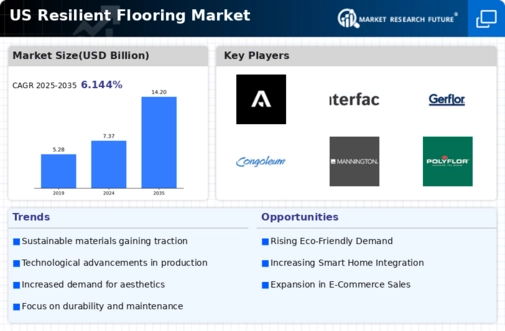
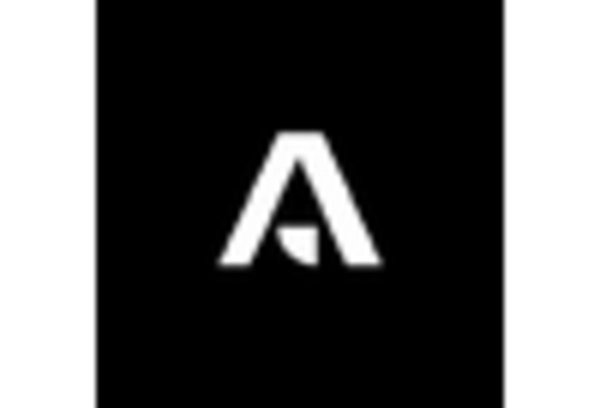
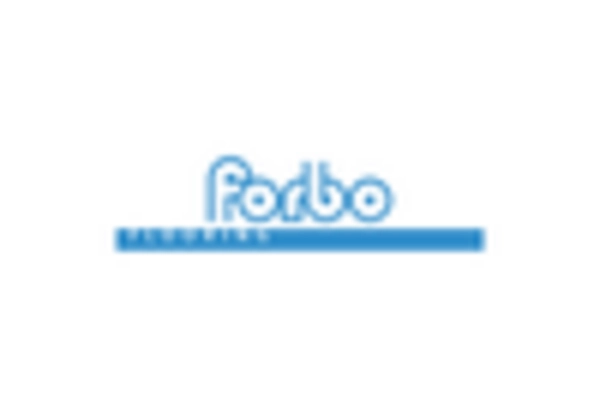

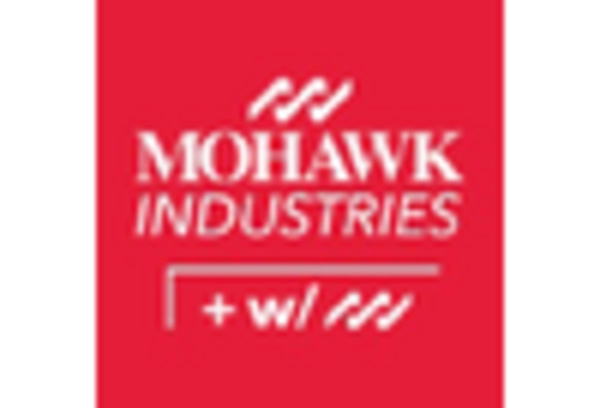
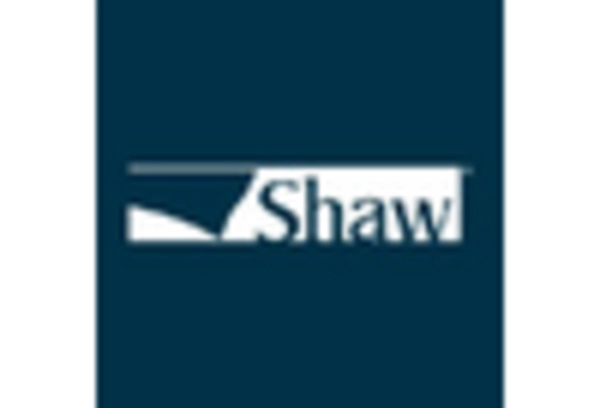
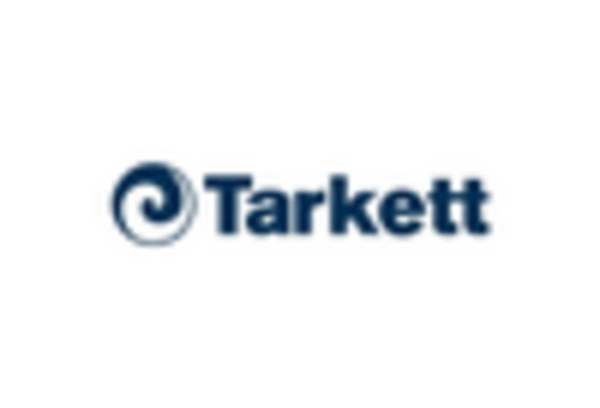








Leave a Comment